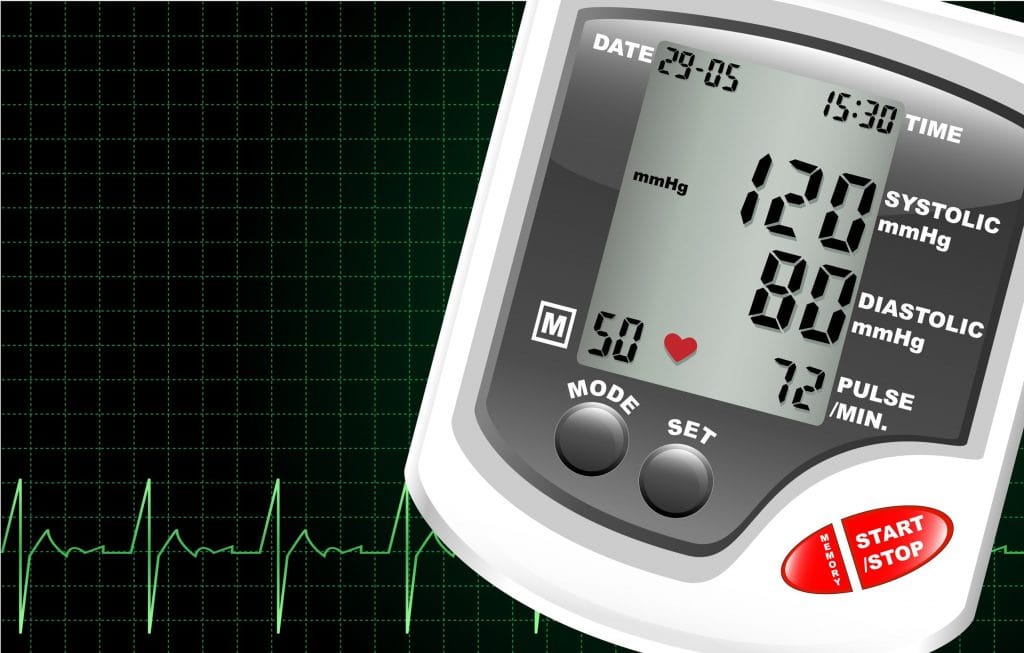Portable diagnostics technologies could be alleviate some of the issues caused by disparities in India’s healthcare system.
 India is facing a dual burden of disease. Both infectious conditions and noncommunicable diseases (NCDs) are plaguing the healthcare system. In remote, rural locations, healthcare facilities are often under equipped to tackle either issue.
India is facing a dual burden of disease. Both infectious conditions and noncommunicable diseases (NCDs) are plaguing the healthcare system. In remote, rural locations, healthcare facilities are often under equipped to tackle either issue.
Many diseases such as cancer are far easier to treat — and hold a greater chance of survival — if discovered early. As diagnostics facilities in rural India are lacking, preventable and/or treatable diseases hold a higher mortality rate.
Breast cancer for example has a 79-85 percent five year survival rate in developed nations. In India, this falls to 60 percent. The lower survival rate has been attributed to a lack of early diagnosis, as well as lower access to treatment.
Indian startups are looking to address the issue of low diagnostics rate. Dr. Geetha Manjunath for example has developed an artificial intelligence (AI)-driven, thermal imaging device capable of detecting breast cancer. The machine is portable, and so can be transported from house to house, making it ideal for diagnosis within rural communities.
“With our solution, women of all age groups can undergo frequent screening without any side effects,” says Dr Manjunath. Crucially, many of the portable devices being developed are simple and require little training to use. With devices such as these available in rural communities, non-medical personnel could perform tests, then transmit results to medical professionals via the internet.
Portable medical technology is a current focus of the Indian medical device industry. Bangalore-based medical diagnostic firm Inito has recently unveiled a portable device capable of running dozens of diagnostics within minutes. The device will focus on monitoring diabetes, thyroid and Vitamin-D levels. For many tests, such as those for thyroid hormones, laboratory-based technology is currently used in India. In many areas this may not be available.
Inito has had previous success developing fertility monitoring devices which analysed estrogen and luteinizing hormone levels. Both devices are designed to be attached to smartphones, using the built-in camera to analyse test strips that will use either urine or blood samples.
The device comes with a price tag of Rs 3,195 (around 46 USD) and will be marketed via Amazon. The low cost of the device, coupled with its ability to be used with smartphones, could make better quality healthcare more accessible for those in remote areas, even as infrastructure and resources are lacking.
Surveillance systems are lacking in India. This significantly hinders the ability of the country’s public health system to help those with a range of diseases. For example, India’s malaria surveillance system ranks among the worst in the world according to the World Health Organization’s (WHO) World Malaria Report 2017. Such lacking surveillance systems could imply that many diseases in India are significantly underreported. This means that healthcare resources will not be allocated to where they may be most effective.
Portable tests for malaria have been developed by the University of Southern California. Their portable optical diagnostics system detects byproducts of all types of malaria parasite. Such a tool could be vital to improving India’s lacking surveillance network, with its portable nature making it ideal for rural areas.
The situation of poor surveillance is similar across a number of other diseases. Kala-azar — a disease India intended to eradicate by the end of last year — is still causing sporadic outbreaks. This has been attributed to inconsistent surveillance measures between states leaving some disease instances to slip under the radar and going on to cause new outbreaks.
Portable devices cannot compensate for the lack of healthcare facilities or trained medical staff in rural areas. They can however provide diagnostics services that could detect those in remote areas that require medical attention.

